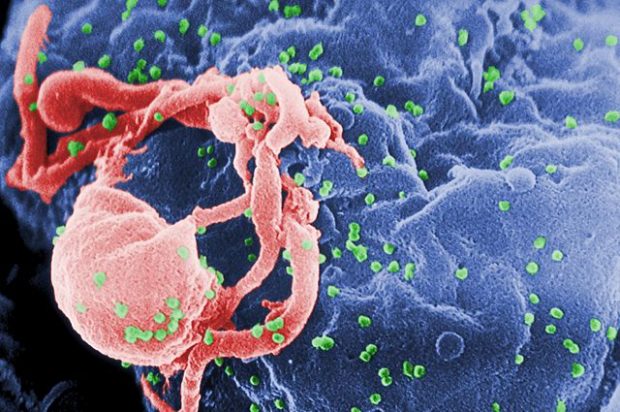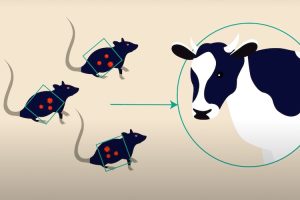Embryonic bird ankles, reverse evolution, and the ...
An evolutionary “throwback” seems to have occurred in birds, which resurrected an ancient, amphibian-like patt...
The video is a part of the project British Scientists produced in collaboration between Serious Science and the British Council.
How do retroviruses influence genetics? What species, apart from humans, are treated with viruses? What do we know about the connection between retroviruses and cancer? These and other questions are answered by Professor of Molecular Virology at University College London, Greg Towers.
The notion of being ‘retro’ in virology is because the retroviruses have an RNA genome. So they have RNA inside the particle, and they turn that into DNA. Of course, cells turn DNA into RNA and they never turn RNA into DNA. So retroviruses are kind of doing things backwards and that’s why they are referred to as retroviruses. All retroviruses do that business which is called reverse transcription and they have two strands of RNA which they convert into a double-stranded DNA. And then they take that double-stranded DNA into the nucleus and they insert it into the host genome. So the retrovirus genome becomes part of the host genome and therefore the cell can never get rid of that. And the only way to get rid of a retrovirus is to kill the cell.
Because retroviruses are pathogenic in many cases, they lead to what’s called the evolution effect, or the Red Queen effect. A retrovirus infecting a species can cause a pathogenic effect on that species, so it will infect lots of people and lots of species members causing selective pressure. The ones that are most susceptible to the virus will die and the ones that are most resistant to the virus will survive. Eventually, the entire species becomes resistant to the virus. Then the virus is put under evolutionary selective pressure to change and then reinfect the species or go into another species. Over time the retrovirus may bounce between different species or it may come to a species and go away and come back leading to a kind of alternate evolution which is termed by Leigh Van Valen as the Red Queen effect.

Retroviruses have really been very closely studied in mice. That’s essential because retroviral infection in mice can cause cancer. So mice get infected by retroviruses and they get typically infected with retroviruses called gamma retroviruses. And it turns out that retroviral infection in mice tends to cause cancer. People who were studying cancer in the 50s and 60s, so very early on in this kind of work, were breeding mice until they became very susceptible to cancer, and then were trying to work out why these mice were getting cancer. It turns out that they were getting cancer because they were getting infected by retroviruses. And these retroviruses carry genes that were termed oncogenes that were causing cancer. So all of the original work done on retroviruses was really about understanding how cancer works and how cancer is caused.

An evolutionary “throwback” seems to have occurred in birds, which resurrected an ancient, amphibian-like patt...

Psychologist Daniel Mullensiefen on why music can work like a sleeping pill and what types of music can put yo...

Biologist Tim Spector on how microbes determine obesity, the best kind of diet, and the reasons to refrain fro...